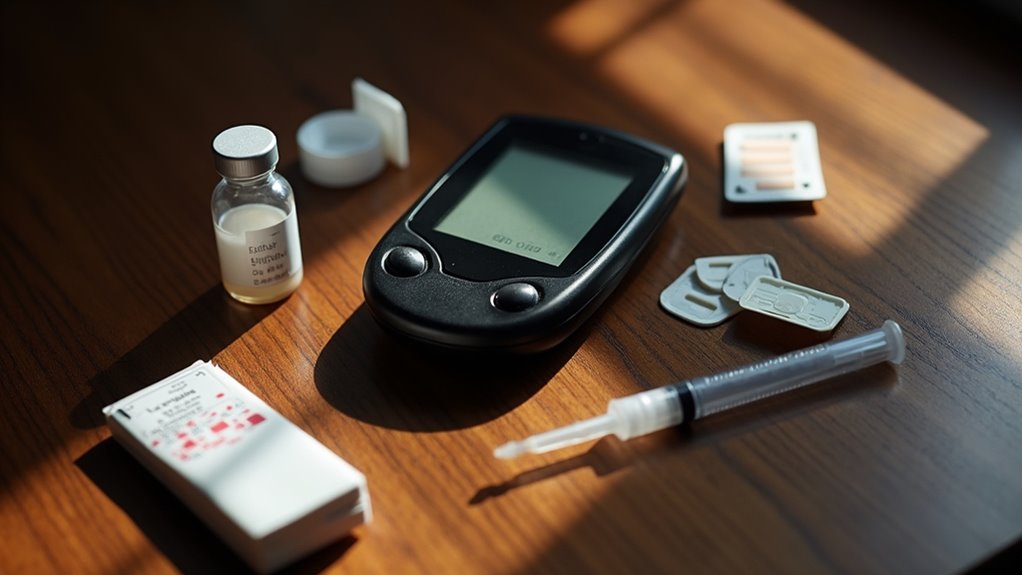A revolution in medicine is unfolding right under our noses. Scientists are getting eerily close to creating bioartificial pancreases that could make insulin injections obsolete. Yeah, you read that right. No more needles. No more strict schedules. Just a 3D-printed organ doing exactly what nature intended.
The technology is mind-blowing. Multiple nozzles squirting out cells and materials like some kind of sci-fi printer. These aren’t just random goos being splattered together, though. We’re talking precisely controlled combinations of pancreatic islets, specialized bioinks, and intricate vascular networks. The holy trinity of artificial organ creation, if you will.
Getting these artificial pancreases to actually work requires some serious material science wizardry. Bioinks need to be biocompatible, biodegradable, and not kill the cells they’re supposed to support. Shocking concept, right? Popular choices include natural hydrogels like gelatin and alginate. Synthetic options like PLA offer stability, but there’s always a trade-off. Nothing’s perfect. Co-axial 3D bioprinting has emerged as a breakthrough technique that allows for multimaterial printing using concentric bioinks, greatly improving tissue engineering capabilities.
The biggest hurdle? Blood vessels. Without proper vascularization, these printed pancreases are just fancy paperweights. Cells need oxygen and nutrients. They’re demanding little things. Multi-nozzle printing and decellularized extracellular matrix techniques are helping solve this particular headache. The team at Polbionica achieved a major breakthrough in March 2019 with the first-ever bioprinting of a bionic pancreas with a complete vascular system.
The good news? We’re past the “wouldn’t this be nice” phase and into “let’s schedule some clinical trials.” Preclinical results look promising. If successful, millions of diabetes patients could ditch their insulin regimens forever. The economic impact would be massive too. Diabetes management is expensive. Ridiculously so.
Regulatory paths exist for these treatments as Advanced Therapy Medicinal Products. The Hospital Exemption Rule might speed things up. Because waiting decades for treatments that work today is just so fun, isn’t it?
Sure, ethical questions remain. They always do. But the potential here is undeniable. A one-time solution instead of a lifetime of injections? That’s not just innovation—it’s liberation.





